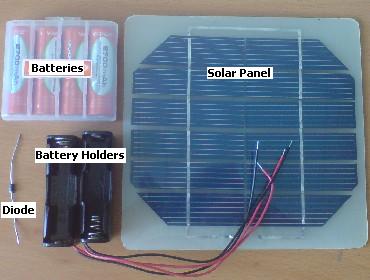As a follow-up to my previous post the Kenwood TM-D710E (E for Europe) is available and shipping. Now there is another question waiting to be answered, is it any good in KISS mode? No one seems to know for sure, but the buffer size has increased. Ok, so they left out Smart-beaconing but the radio is apparently firmware upgrade-able, which means that the potential is there to do upgrades depending on user feedback.
Coming back to KISS mode, invariably. In general we tend to (at least I always have) run the the serial port of the Radio Modem (TNC) at a higher speed than the radio channel, this reduces latency in getting data from the computer out to RF, and the combination of large RAM buffer and RTS/CTS handshaking means that everything happens as efficiently as possible and no buffers overflow.
The predecessor to the TM-D710, the TM-D700 (and TS-2000 and TH-D7G2), all share a common “TASCO” TNC implementation. The problem is that its buffer is quite small, and it seems not to have RTS/CTS implemented. This means that in KISS mode its very easy to overflow the buffer in the TNC, which causes it to lock up completely.
I recently installed a Linux version of the Winlink TelPac (Packet to Telnet) software on the Packet node I maintain in WIT, and over the last few days, for AREN purposes, I have been testing it with Airmail, which works great.
Not having the good sense to leave it alone, I thought I’d try and get the TASCO modems working with Airmail. After many power-cycles of the radio, and much pulling of hair, its now working.
Now, this isn’t for the faint hearted, and, to be honest, for a system to be deployed ‘in the field’, I definitely would NOT recommend using the TASCO TNC in the Kenwood radios (TS-2000/TM-D700/TH-D7) with Airmail , leave them running APRS, like they are designed for.
Anyways, it involves running Airmail, pointing it at a Virtual Serial Port. The HW Virtual Serial port connects to Airmail to AGW Packet Engine linker (AMPE) , which, in turn connects to AGW Packet Engine and finally on to the radio.
After some hints by Demetre, I followed the instructions with AMPE, and it all seems to work, but by any stretch of the imagination, its a nasty, nasty kludge. I’m guessing that the reason it works, is that the virtual serial port software does some kind of flow control, but I really have no idea.
My advice, use a real TNC!


